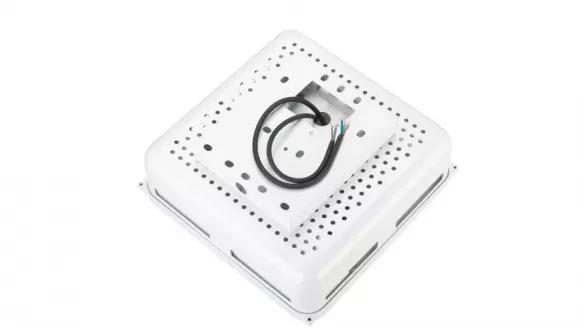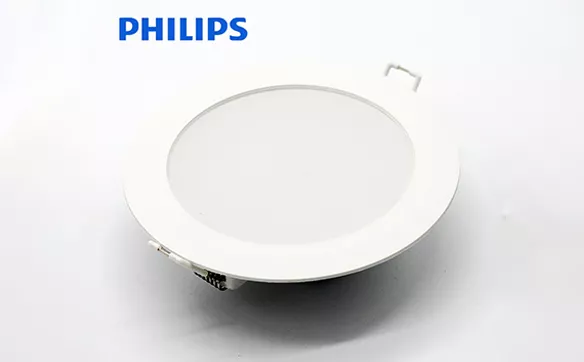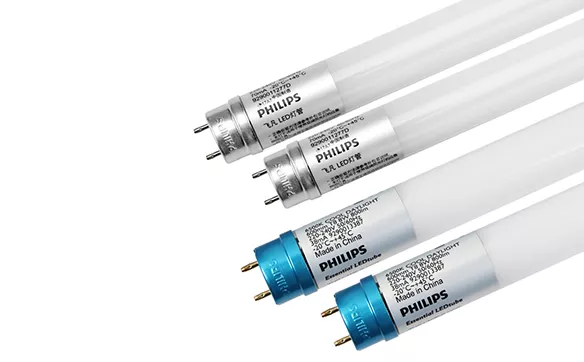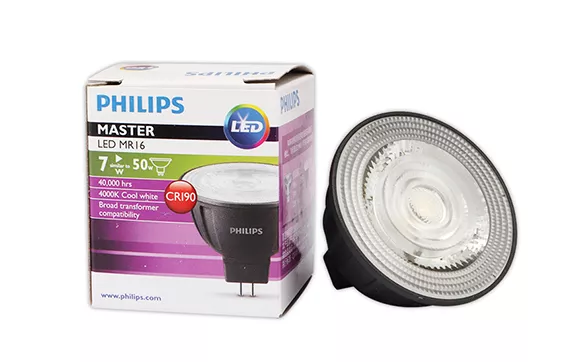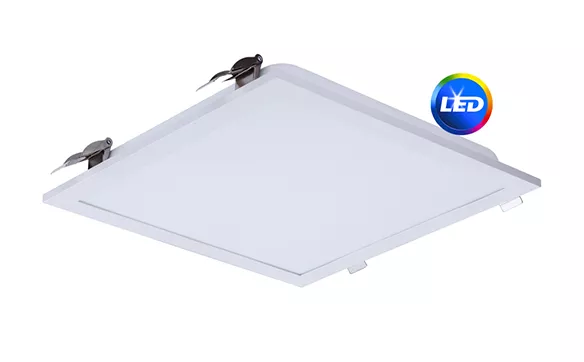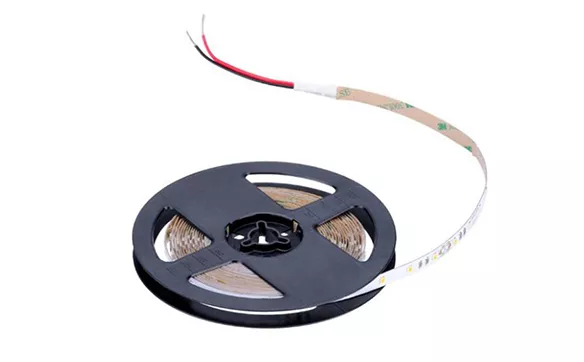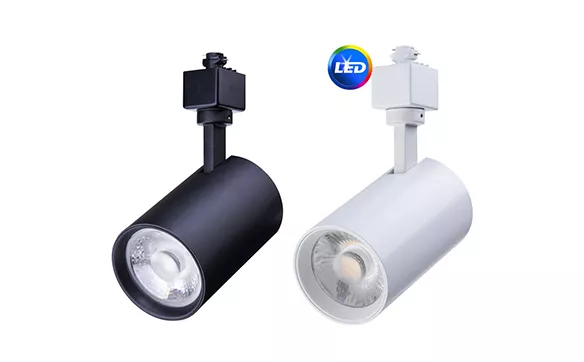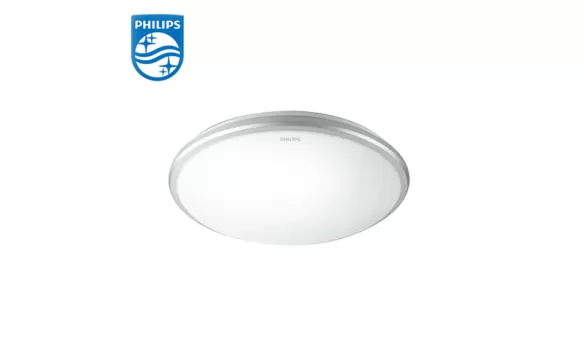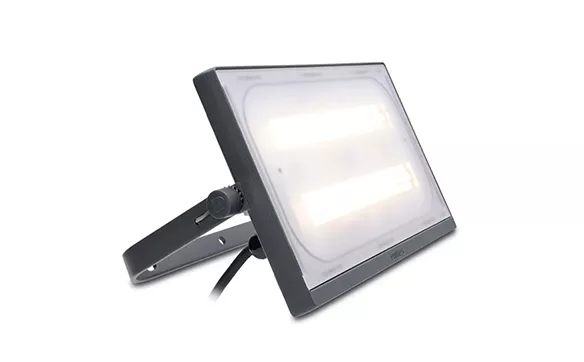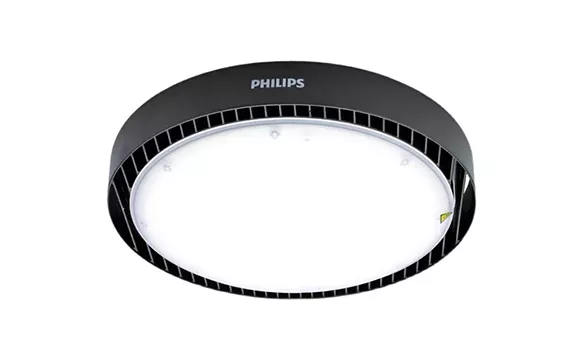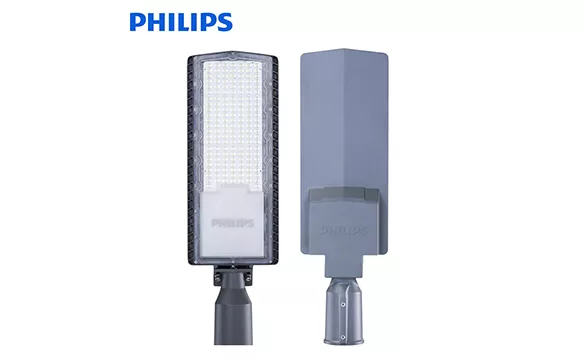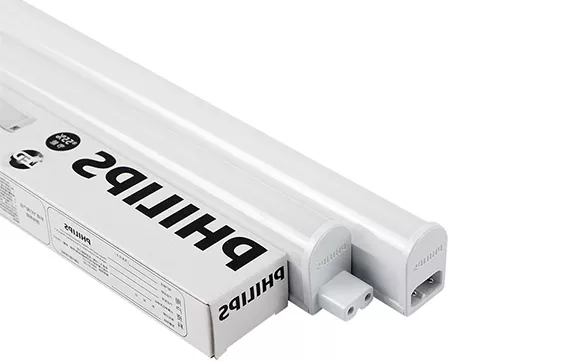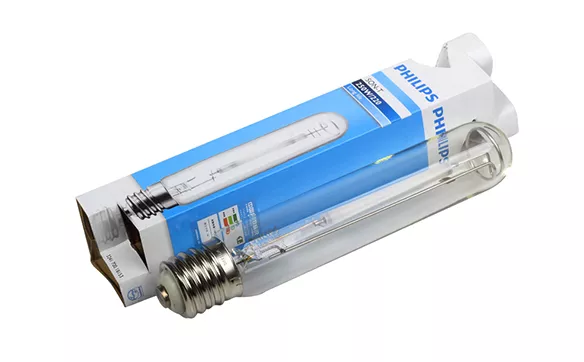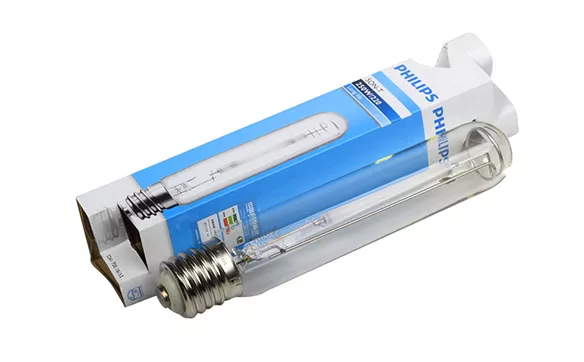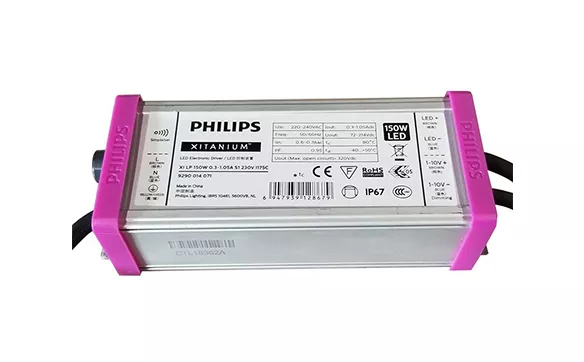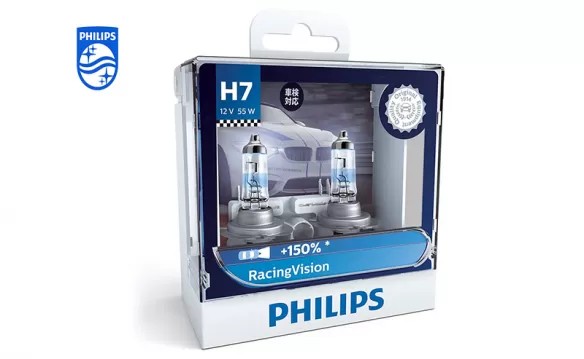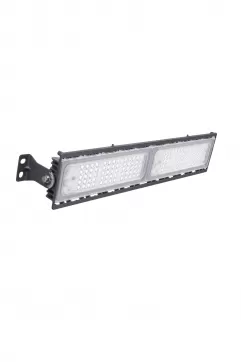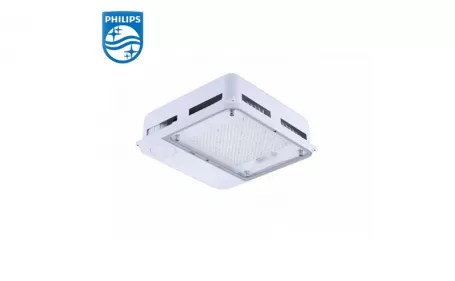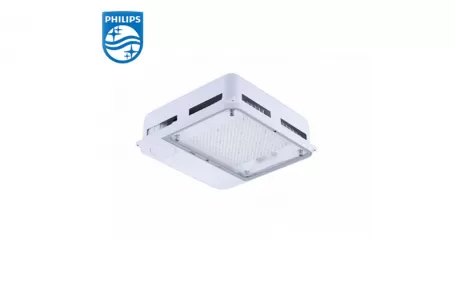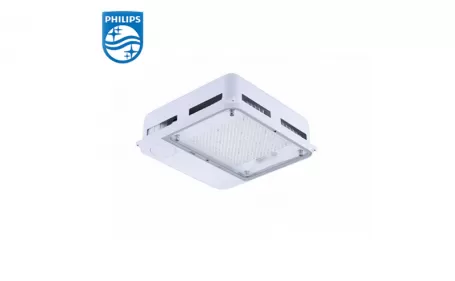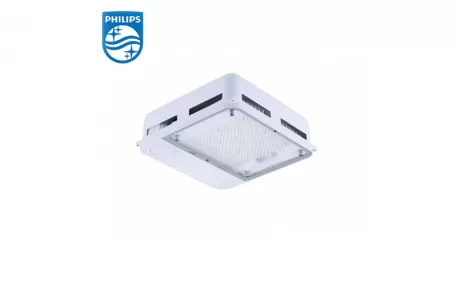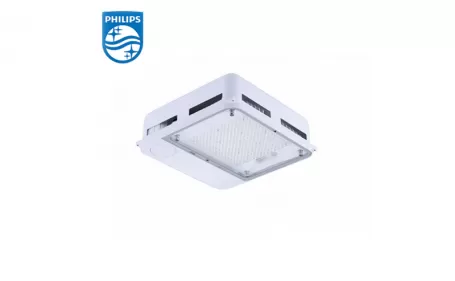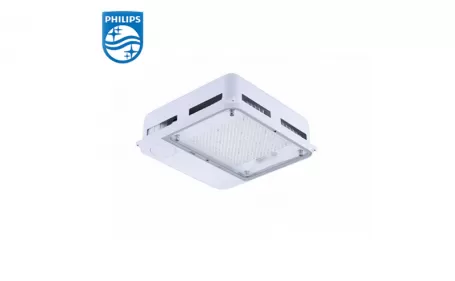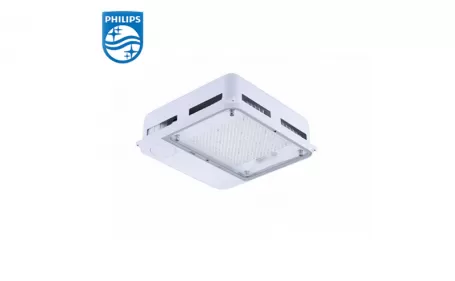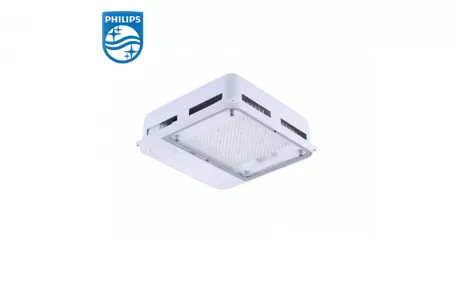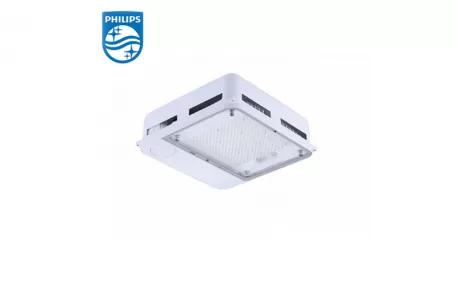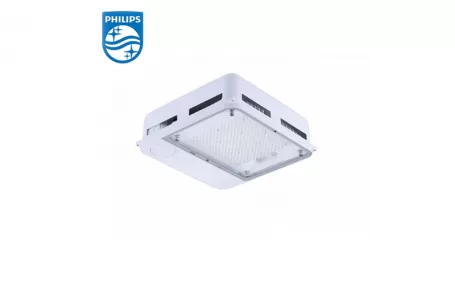What is Smart LED Lighting?
Smart LED lighting has emerged as a revolutionary technology, captivating the global market with its innovative features. LED, short for light-emitting diode, signifies a class of semiconductors with two terminals that facilitate efficient light emission when current flows through them.
How Do Smart Lights Work
Smart lights are lighting fixtures and light bulbs that can sense and interact automatically with their environments and with users and other smart devices. Unlike regular light bulbs which require manual operation, smart lights can be controlled remotely or through voice commands. Wireless connectivity handles most of the features of adaptive lighting and is often the answer to how do smart lights work.

What makes LED Lights Different from Incandescent Bulbs?
The transition from traditional incandescent bulbs to LED lighting signifies a significant shift, attributed to several distinguishing factors. Unlike incandescent bulbs, LEDs operate without wire filaments, setting them apart in terms of design and functionality. They are energy-saving as LEDs produce more brightness with less energy and last much longer than a regular light.
LED SMART LIGHTS are developed with improved efficiency and a wonderful controlled system that allows an automated single-touch operation via an app or can be controlled by simple voice command.
Are LED Lights Expensive Than Regular Lights?
In the past, the higher price of LED bulbs deterred many consumers from adopting them. However, advancements in technology have led to significant cost reductions, making LED bulbs more accessible than ever before. Not only are smart lights now more cost-effective, but they also outperform traditional bulbs in terms of efficiency and functionality.
LONGER LIFESPAN
LED Smart Lights offer the advantage of longevity, sparing you the hassle of frequently replacing bulbs. Philips LED Lights, for instance, boast a lifespan of approximately 10 years under continuous use, ensuring hassle-free operation compared to conventional bulbs.
MOOD LIGHTING
Smart LED Lighting serve as ideal mood enhancers, swiftly uplifting your spirits. Whether you prefer subdued or vibrant lighting, they effortlessly align with your mood, creating an enchanting ambiance at home or in the workplace.
PRODUCES THE BRIGHTEST LIGHT
In comparison to regular lights and bulbs, LEDs excel in producing natural, flexible, and significantly brighter illumination, all while consuming less power. For instance, a 16-watt LED bulb emits light equivalent to that of a 100-watt traditional bulb, making LED lights the top choice for energy-efficient lighting worldwide.
EYE-FRIENDLY LIGHTS
Similar to natural daylight, Philips LED lights are gentler on the eyes compared to other lighting options.
LED Technology
Why opt for LED smart lights? Here are a few compelling reasons:
1. LED lights remain cool during operation, preventing damage to the integrated smart chip.
2. LEDs come with built-in electronics, simplifying the integration of smart technology.
3. They offer the versatility to produce millions of colors, enhancing customization options.
4. LED lighting stands as the prevailing choice in home illumination, largely owing to its energy efficiency.
Conclusion
In conclusion, the difference between regular lights and smart LED lights encompasses various aspects, including energy efficiency, customization, longevity, integration with smart home systems, and cost considerations. Smart LED lights offer a myriad of advantages over traditional lighting solutions, ranging from enhanced control and flexibility to improved energy savings and longevity. As technology continues to advance, smart LED lights are poised to become the standard choice for lighting in homes, offices, and public spaces.
For inquiries about smart LED lights or to find a reliable supplier, feel free to contact us.


